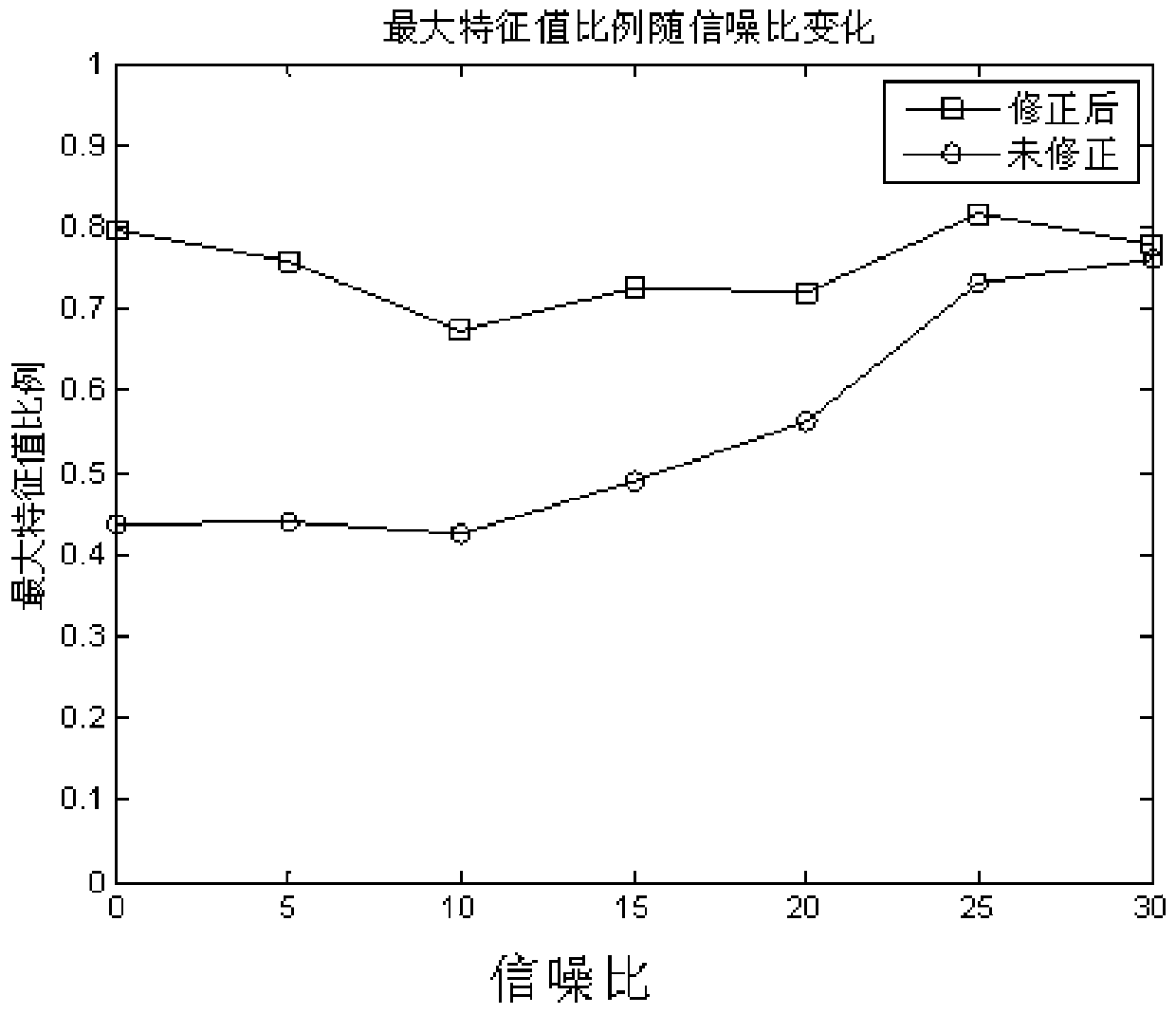Noise Robust Broadband Full Polarization Target Recognition Method Based on Polarization Decomposition
A polarization decomposition and target recognition technology, applied in radio wave measurement systems, instruments, etc., can solve the problems of reduced recognition rate, model mismatch, and deterioration of recognition performance, and achieves the effect of robust recognition performance noise
- Summary
- Abstract
- Description
- Claims
- Application Information
AI Technical Summary
Problems solved by technology
Method used
Image
Examples
Embodiment Construction
[0020] The present invention will be further described below in conjunction with accompanying drawing:
[0021] refer to figure 1 , is a flowchart of the noise-robust broadband full-polarization target recognition method based on polarization decomposition of the present invention. The noise-robust broadband full-polarization target recognition method based on polarization decomposition includes the following steps:
[0022] S1: Using the radar to receive multiple sets of full-polarization channel range-like signals; obtain multiple training samples of the full-polarization channel range-like signals. The specific instructions are as follows:
[0023] The range image signal of the above-mentioned full polarization channel includes the range image signal of the HH polarization channel, the range image signal of the HV polarization channel, the range image signal of the VH polarization channel, and the range image signal of the VV polarization channel; Among the image signals...
PUM
 Login to View More
Login to View More Abstract
Description
Claims
Application Information
 Login to View More
Login to View More - R&D
- Intellectual Property
- Life Sciences
- Materials
- Tech Scout
- Unparalleled Data Quality
- Higher Quality Content
- 60% Fewer Hallucinations
Browse by: Latest US Patents, China's latest patents, Technical Efficacy Thesaurus, Application Domain, Technology Topic, Popular Technical Reports.
© 2025 PatSnap. All rights reserved.Legal|Privacy policy|Modern Slavery Act Transparency Statement|Sitemap|About US| Contact US: help@patsnap.com



